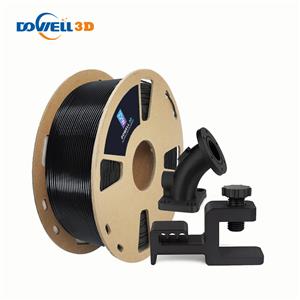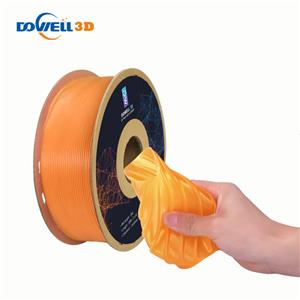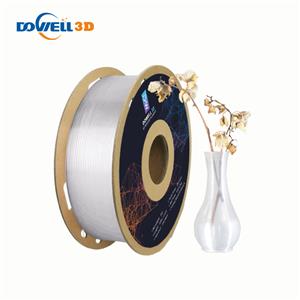PLA/PETG, Which 3d filament material will to choose
PLA vs PETG: Which Material Should You Choose?
Properties
If you are looking for a material with good physical properties, then it would be better to go with PETG over PLA. Unlike PLA, PETG is water-, chemically- and fatigue-resistant. It is also more durable than PLA as well as less stiff. Generally, PETG is seen as a mixture between ABS and PLA, That means, it takes the best qualities of both to a certain degree. For example, PETG is stronger than PLA (though weaker than ABS) and more flexible than ABS (though less flexible than PLA). This, understandably, makes it a popular material as the short-comings of both materials are lessened within PETG. PETG is also known for being more rigid than PLA which also has its own benefits, notably in industrial applications. PETG is more durable over time, though many users note that it is extremely easy to scratch.
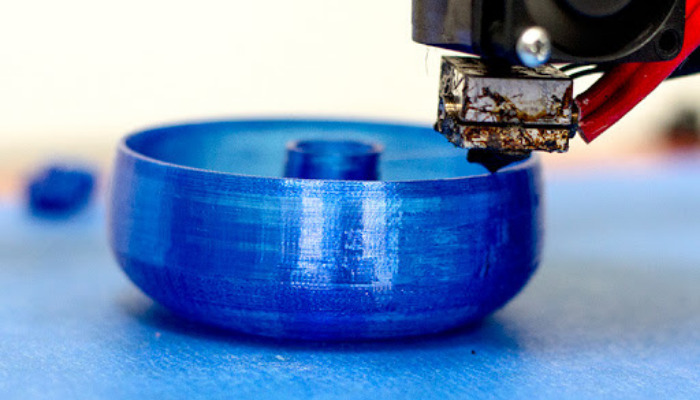
Something to keep in mind is that PETG is often reinforced with carbon fiber, making it even stronger though more expensive. Of course, PLA can also be reinforced with carbon fiber, though it will be weaker than the PETG version due to the properties of both polymers. Additionally it has been noted that PETG is good for producing parts that are flexible but still resistant to shock. Neither PETG nor PLA is known for being UV resistant, though PETG is known for having a higher heat and UV resistance than PLA, meaning it can be exposed to the elements more than PLA before starting to break down.
PETG and PLA are both known to be non-toxic and generally odorless (PLA can produce a slightly sweet smell due to its nature), especially when compared to a plastic like ABS which can be quite harmful to the health of the user. That being said, it is still uncertain for many materials whether they extrude toxic fumes or not, PLA and PETG have not been found to be toxic, though you should always practice caution just in case. Additionally, both PETG and PLA are both less prone to warping than ABS, though the fact that PETG requires a heated bed suggests that the risk of warping is probably higher than it is for PLA.
Post-Processing
One important difference between PETG and PLA is ease of post-processing. In the case of PLA, there is a wider choice for post-processing and it is generally easier to do. In contrast, support structures can be difficult to remove when it comes to PETG due to the adhesion properties of the material. For support structures to be effective, there will need to be a small distance (at least a 0.5mm gap is recommended) between the support structures and the actual model, otherwise you risk damaging the structure of the printed part. One post-processing process that works well with both however is sanding. Sanding can be used to smooth out the surface of a part, making it an especially important tool for those using FDM processes (what is used for both PETG and PLA filaments). Though it is said that sanding is slightly easier with PETG, making it useful for anyone wanting a glossy finish (something that PETG is also known for), it is not difficult to do with PLA. Plus with PLA you have more options.
An additional consideration, especially for those hoping to use printed parts as decoration or props, is that PLA can be painted while PETG cannot. Though PETG is known for being able to be transparent which has its own benefits in a number of sectors, such as the food industry or in industrial applications.
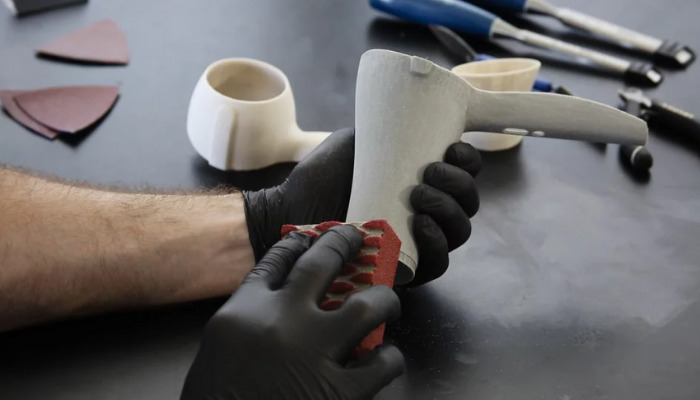
Applications
There is significant overlap between applications for PLA and PETG, as might be expected for polymers with similar properties. They are both used in the food, medical, costume/prop making, decorative parts industries however each material proves its superiority in different ways.
For example, when thinking of PETG, the first application that should come to mind is the food industry. PET is the material that is used to make containers like plastic bottles thanks to its water resistance and durability. Not to mention, PET is what makes up 18% of worldwide global plastic production, showing that it is safe for contact with food. PETG has similar properties, additionally it is FDA approved. PETG’s water and higher resistance to heat makes it ideal for making parts that will come in contact with food, like tupperware.
PLA is also considered food-safe though to a lesser extent than PETG. For one, it can be less ideal for food industry applications just because unlike PETG is not resistant to water, though the degree to which it is food safe has also been called into question in recent years and users must ensure that they use PLA that does not have other additives.
Additionally, both materials are used in the medical sector, though in slightly different capacities. PETG can withstand sterilization, making it a good material for medical implants and also pharmaceutical and medical device packaging. PLA is also popular in the medical sector, thanks to its biodegradable nature, it can be used for implants that are expected to biodegrade over time. Or, for example, it could be used for parts which need to release medicine over time in the body.
Overall, PETG is more suitable for parts that require higher heat and force than PLA thanks to its impressive physical properties. That being said, PLA is also often used for test and calibration items as well as dimensionally accurate assemblies, as it is better for projects that are detailed and able to be post-processed. However, neither are particularly industrial as they will break up over time unlike high-performance thermoplastic polymers like PEKK and PEEK.
PLA is a better choice than PETG where aesthetics are concerned. As previously mentioned, PLA can be painted and can be shaped much more easily than PETG. Thanks to the fact that support structures are easy to remove, more complex, detailed pieces can be printed, making it perfect especially for decorative parts and cosplay props. It is also available in more colors than PETG, famously known for being a transparent material. Additionally, one particularly interesting feature of PLA is that it is often used to mimic other materials. It can be used to make hybrid filaments where PLA is mixed with other materials. For example, BronzeFill from colorFabb, Polishable Stainless Steel from Proto-Pasta, PolyWood from Polymaker, or marble PLA filament come to mind. However, both are used in this industry as they both make attractive parts.

